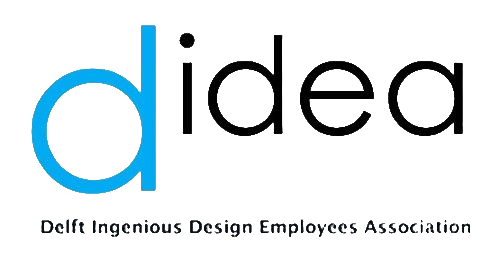Half of the PDEng traineeship is spent working in industry on the Individual Design Project (IDP). Ricardo Galvão Baltazar, a trainee on the process and equipment design track, has kindly shared his experience with this momentous task. Ricardo’s project, titled Conceptual Design of Large-Scale Ioniqa’s Infinite PET Recycling Process, is facilitated by Ioniqa who is a start-up company (since 2009) focusing on the chemical recycling of polyethylene terephthalate (PET). The aim of Ricardo’s project is to scale-up a ‘ novel PET chemical recycling process, as well as looking into opportunities for process and equipment alternatives in current PET chemical recycling operations. One key conclusion from Ricardo’s work is that in light of the fact that process economics are the most influential factor behind the success of the process, regardless of the environmental motivation behind recycling processes, it is apparent that this recycling process is economically competitive with current PET production routes. Furthermore, this process is expected to bring a significant reduction in the emission of pollutants compared to conventional PET production. In addition, it finds a value for plastic waste such that there is incentive not to inappropriately dump it, for example in the oceans. In this way, this process presents a link to close a circular economy on plastic production. Throughout this project, one main difficulty that Ricardo has had to address is the lack of data, a situation that is common for new process development. However, PDEng trainees are well-trained for such circumstances, and through creativity and collaboration the work can progress effectively. Furthermore, the independence that is allowed in the environment of a start-up company is a stark change from the directness given in the academic training stage of the PDEng. Working in a start-up allows for more freedom also compared to other market realities. Trainees are in charge of more responsibilities, keeping a close communication with the most relevant stakeholders inside the company and play a key role as designer. Since Ricardo’s supervision is the management board of the company, decisions and follow up actions are considerably fast. For instance, his results are validated and implemented by means of tests, either internally in the lab, at the pilot plant or in collaboration with other companies. According to him, the possibility of immediate translation from design to reality has been the highlight of his project.
